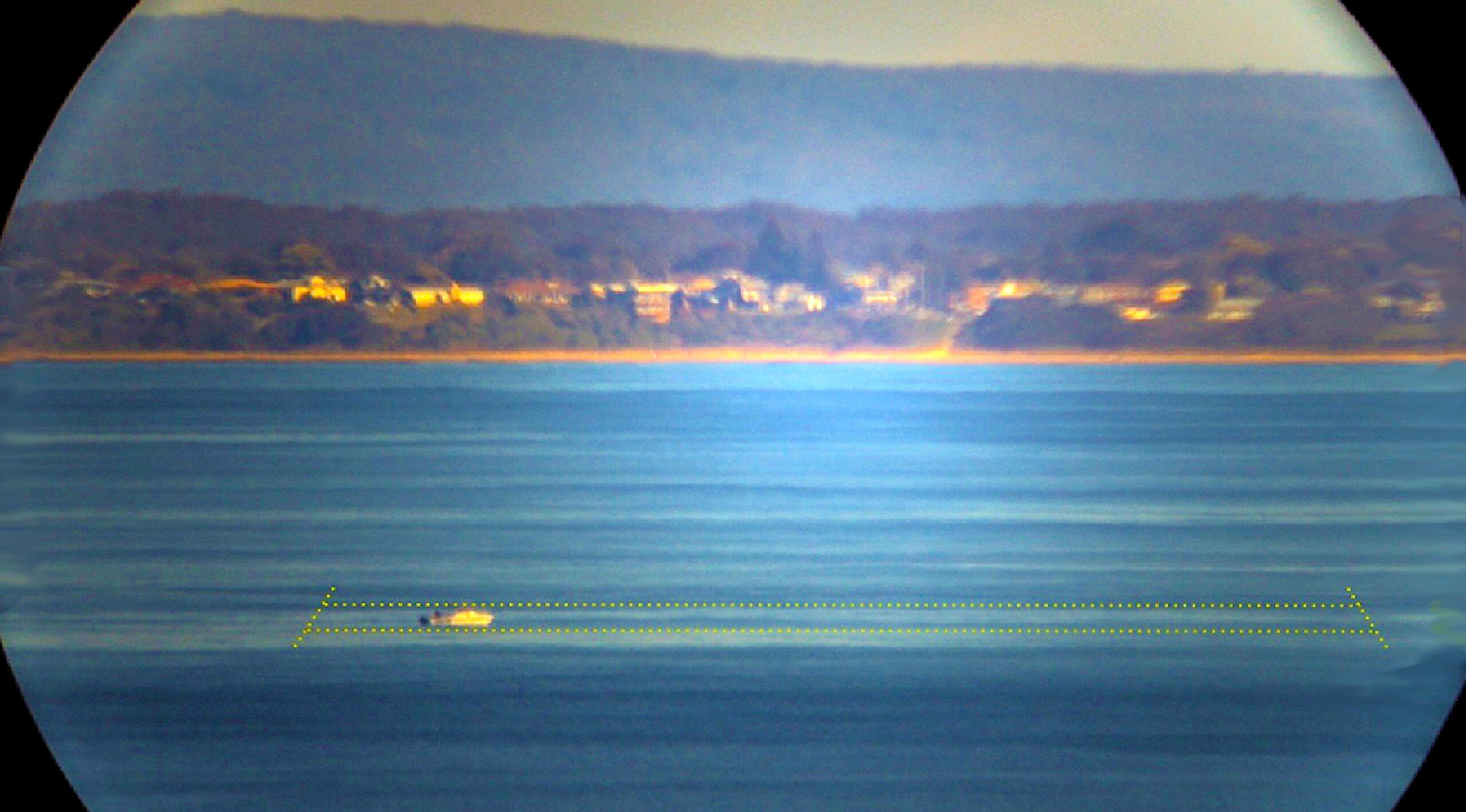When Do Anglers Head to Reef Sites?

Long-range automated cameras answered the question about one in site in Australia.
Research Need
There are lots of situations where anglers and scientists would like to know more about a hot fishing spot, like a nearshore artificial reef. How many people fish on the site on a regular basis? Does fishing activity increase on the weekends, or is it steady all week long? How long do anglers stay once they get there?
Now imagine that you are a manager and your job is to justify the cost of building or improving an offshore artificial reef. Sure, you could listen to fishers tell their personal stories about how valuable the reef is to them — but is their experience representative of the general user of the reef? Obviously, it would be better to rely on hard facts than on fish tales.
For those reefs that are located relatively close to shore, there may be a way for scientists — and perhaps even the public — to see who’s fishing when.
What did they study?
Scientists in Australia worked with a custom camera manufacturer to design and build an automated, long-range (50x), solar-powered camera to monitor an artificial reef site 5.6 miles off the coast.
The camera, mounted 215-feet above sea level on the roof of waterfront sportfishing club, was fixed and oriented to avoid sunrises and sunsets in order to observe boats that appeared on the waters over the reef site. The field of view was 528 feet, wider than the boundaries of the reef site.
Automated snapshots collected images every 15 minutes from sunrise to sunset for 8 months in order to document the number of boats present each hour. The scientists periodically took their own 21-foot research vessel to the reef site on different days and times, and in a variety of weather conditions, to verify the ability of the camera to identify boats.
What did they find?
The camera system performed well overall and photographed boats at the reef site throughout the study period. Photo quality was blurry at times during the early morning hours, especially during the warmer months, most likely due to atmospheric turbulence across the 5.6-mile range.
As you might expect, scientists observed higher rates of fishing effort on the weekends than during the week.
Anything else?
The researchers suggest that similar camera systems could have widespread utility in other fisheries work, including monitoring nearshore marine protected areas and aquaculture lease sites.
I’m still waiting for the camera to go up at the boat ramp so I can see how crowded it is before I leave the house. After all, we already have cameras for North Carolina surf and beach conditions.
Reading
Becker, Alistair, Matthew Taylor, James McLeod and Michael Lowry. 2020. Application of a long-range camera to monitor fishing effort on an offshore artificial reef. Fisheries Research 228: 1-10. https://doi.org/10.1016/j.fishres.2020.105589
Funding was provided by the NSW Recreational Fishing Saltwater Trust (DPIS037).
Summary compiled by Scott Baker
Lead photo courtesy of Becker and colleagues
The text from Hook, Line & Science is available to reprint and republish, but only in its entirety and with this attribution: Hook, Line & Science, courtesy of Scott Baker and Sara Mirabilio, North Carolina Sea Grant. HookLineScience.com



